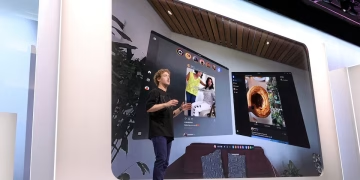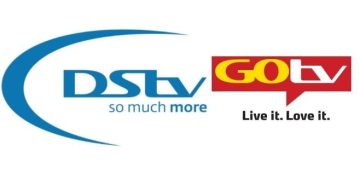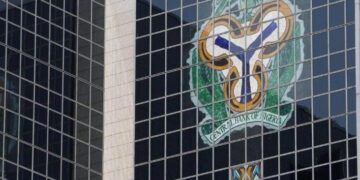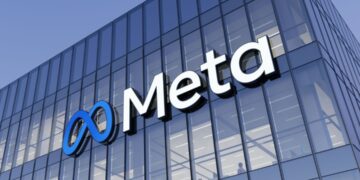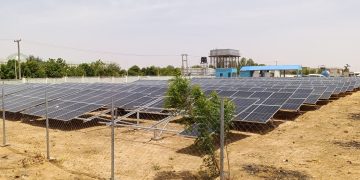Alphabet, Google’s parent company, has launched Taara Lightbridge as a standalone company to compete with Starlink in bringing high-speed internet to underserved regions.
Unlike Starlink’s satellite-based approach, Taara uses Free Space Optical Communication (FSOC) technology, which transmits internet through laser beams instead of traditional fiber-optic cables.
Taara, led by CEO Mahesh Krishnaswamy, is targeting 3 billion people without reliable internet, including 860 million in Africa. The technology, already operational in 12 countries, is expanding in Tanzania, Kenya, Zimbabwe, and Nigeria. Its system can deliver speeds of up to 20 gigabits per second over distances of 20 kilometers, offering a more cost-effective alternative to fiber or satellite internet.
One key advantage of Taara is its affordability. Unlike fiber, which is costly and difficult to install in remote areas, Taara’s ground-based system reduces infrastructure challenges. It also avoids the high launch and maintenance costs of satellite networks like Starlink. However, Taara’s technology requires direct line-of-sight, meaning obstacles like rain or fog can disrupt signals.
To address this, the company has developed AI-powered mirror systems that track and maintain stable connections. Early tests have proven successful, including linking Kinshasa and Brazzaville across the Congo River, an area where laying fiber was impractical.
Alphabet will work with telecom providers and governments to expand Taara’s reach. As the battle for global connectivity intensifies, Taara is betting that its laser-focused approach will challenge Starlink’s dominance in emerging markets.
















